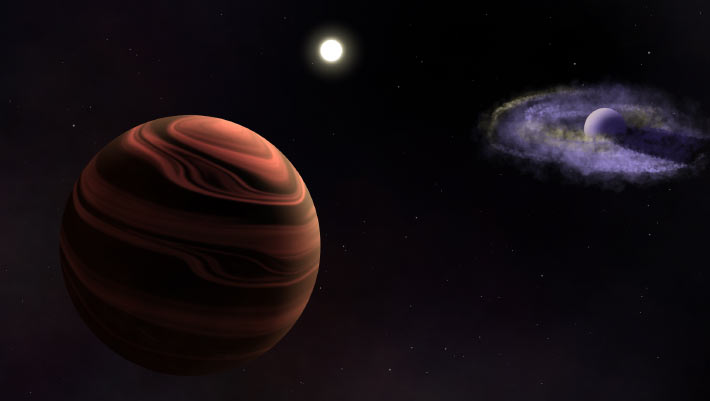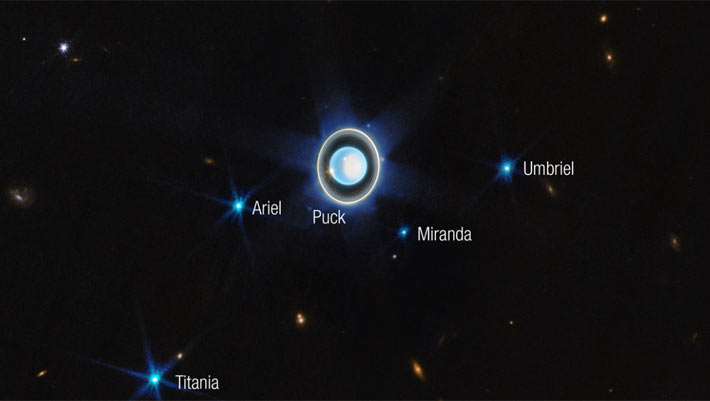Now Reading: Webb Telescope Spots Two Young Exoplanets in YSES-1 System
-
01
Webb Telescope Spots Two Young Exoplanets in YSES-1 System
Webb Telescope Spots Two Young Exoplanets in YSES-1 System

Rapid Summary
- Discovery: Astronomers using the james Webb Space Telescope detected silicate clouds in the atmosphere of exoplanet YSES-1c and a circumplanetary disk around sibling planet YSES-1b.
- Location: The parent star,YSES-1 (also known as TYC 8998-760-1),is a Sun-like star located 309 light-years away in the constellation Musca.It is only 16.7 million years old.
- Planet Properties:
– YSES-1b and YSES-1c are significantly larger than Jupiter-14x and 6x its mass, respectively-and orbit their star at vast distances of 160 AU and 320 AU.
– Both planets appear redder compared to other exoplanets, suggesting unique atmospheric compositions.
– Silicate clouds observed in the upper atmosphere of planet YSES-1c likely consist of sand-like particles possibly containing iron.
– A dusty circumplanetary disk around YSES-1b indicates recent planetary formation activity.
– Cloud particles on YSES-1c measure about 0.1 μm or smaller; they represent one of the strongest silicate absorption features seen in an exoplanet.
Indian Opinion Analysis
This discovery underscores India’s growing interest and international participation in space research initiatives involving advanced tools like NASA’s James Webb space Telescope. Such breakthroughs not only advance our understanding of planetary systems but also challenge existing theories about planetary formation due to unconventional findings like widely separated orbital distances between planets and their host star, as seen with YSES’s planets.
For India-a emerging leader amid global scientific collaborations-expanding capacity for similar programs may enhance capabilities for direct observations or modeling astronomical phenomena locally. The insights from these findings pave new pathways for theoretical advancements that could influence future international partnerships involving ISRO or related institutions dedicated to cosmological exploration.

























